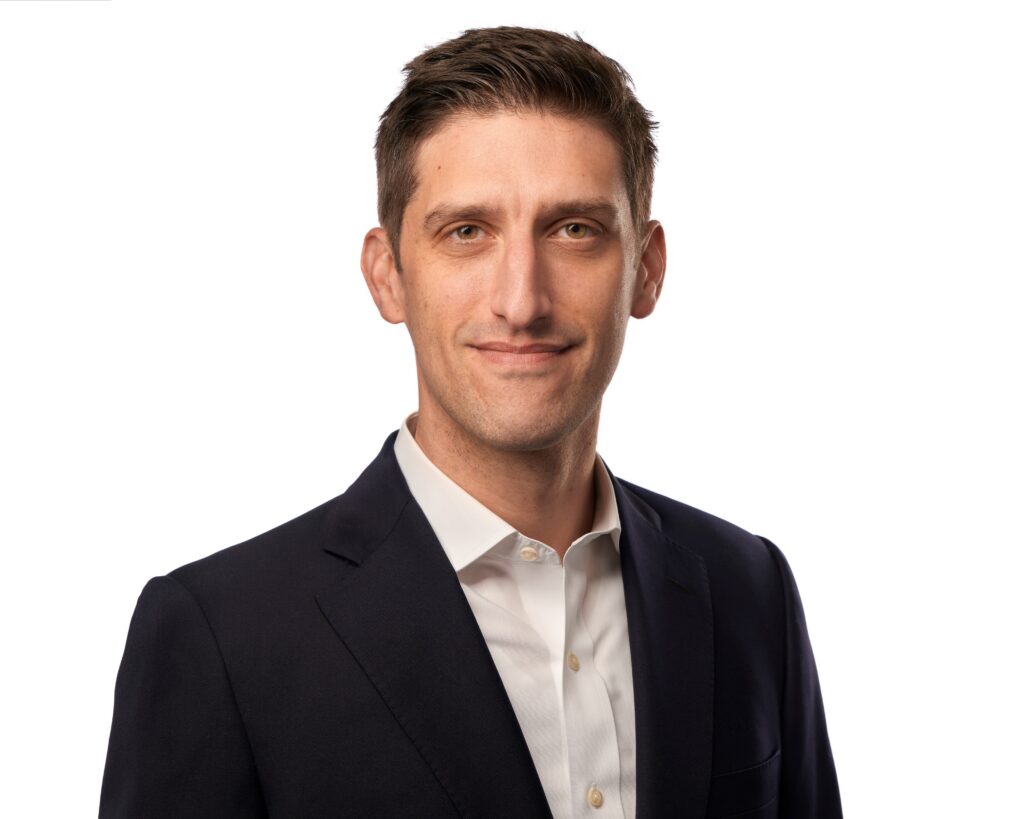Unlike the other corners of the industry, which have seen profound change and innovation, clearing has remained the same analog, mainframe, batch-process-driven industry for the past 20+ years, according to Michael Sanocki, CEO of RQD.

“Clearing, for lack of a better word, is broken. Legacy clearing firms have failed the market,” Sanocki told Traders Magazine.
Today’s clearing and custody solutions leave correspondents with increased risk, additional costs, minimal support, and an overall inability to meet the needs of modern financial institutions, Sanocki said.
He added, that modern technology, flexibility, efficiency, and real-time solutions are what’s required to fix it.
Sanocki mentioned cloud-native, server-less architecture that allows seamless customization and extension as well as real-time APIs to provide an ‘of the moment’ view into more than just account openings and transfers, but real-time margin, positions, balances and risk.
“This is the functionality that’s needed to meet the demands of today’s markets. And until now, it’s been sorely lacking,” he said.
On November 30, RQD* Clearing, a next-generation correspondent clearing provider, officially launched, bringing to market an advanced suite of clearing, custody and execution solutions.
RQD’s platform has been live for six months, with multiple broker-dealers currently clearing through it.
RQD* Clearing was spun out of Volant Trading, a technology-driven trading firm comprised of quantitative traders and technologists who work together as a single team, Sanocki said.
For over 15+ years, Volant has specialized in automated options, futures, and equity trading from their offices in New York, Chicago, and Hong Kong. “That heritage means we have a deep understanding of risk and technology,” he added.
According to Sanocki, todays’ broker-dealers are forced by their current clearing firms to rely on outmoded systems and rigid processes.
These mainframe vendor offerings take hours to ingest data, he said, adding that if the clearing firm’s overnight processes have not completed, it can leave correspondents with no start of day data at all.
“This leaves them with operational, financial, and regulatory risk trading on old data,” he said.
With modern technology and expertise, RQD was able to construct a technology stack that can consume trading data, clearance information, breaks, risk and margin in real-time to help alleviate this risk.
“It provides our customers with a live-time look into what is currently happening with their clients,” Sanocki said.
Sanocki said that RQD developed its clearing infrastructure with three themes in mind: Cloud-native architecture and more specifically, leveraging Platform-as-a-Service offerings from the cloud. “As the cloud improves, we improve. Better cybersecurity, near-unlimited scalability, and built-in redundancy,” Sanocki said.
In addition, RQD maintains and controls its source code, which provides them with flexibility and faster product development.
“Closed solutions out there do not allow clearing firms to be reactive to correspondent’s needs,” he stressed.
Finally, RQD offers Real-Time Data and its Infrastructure is built with real-time processes. From the moment RQD captures the data (trade information, clearing information), to the booking of the transaction in the customer’s account, and all the processes in between – reconciliation, risk, processing, notifications – everything is in real time, he explained.
“These three themes provide the foundation for a future-ready clearing solution,” he said.
The RQD platform supports U.S. equities, options and ETFs, and has three main components – clearing, custody and execution services – all of which are accessible by advanced API.
The clearing and custody solutions are fully hosted on Microsoft Azure.
The colocated execution services include smart order routing, an advanced suite of algorithms and ultra-low-latency direct market access.
The solutions RQD and others are bringing to market are poised to accelerate to long-sought path to T+1 and even T+0.
“Our real-time clearing solution allows us to move to T+1 or T+0 with minimal changes,” Sanocki said.
“We welcome industry initiatives, such as Project ION, and are excited to be part of this dynamic and evolving industry. The industry is ripe for a change of pace, and we are ready for it,” he added.




